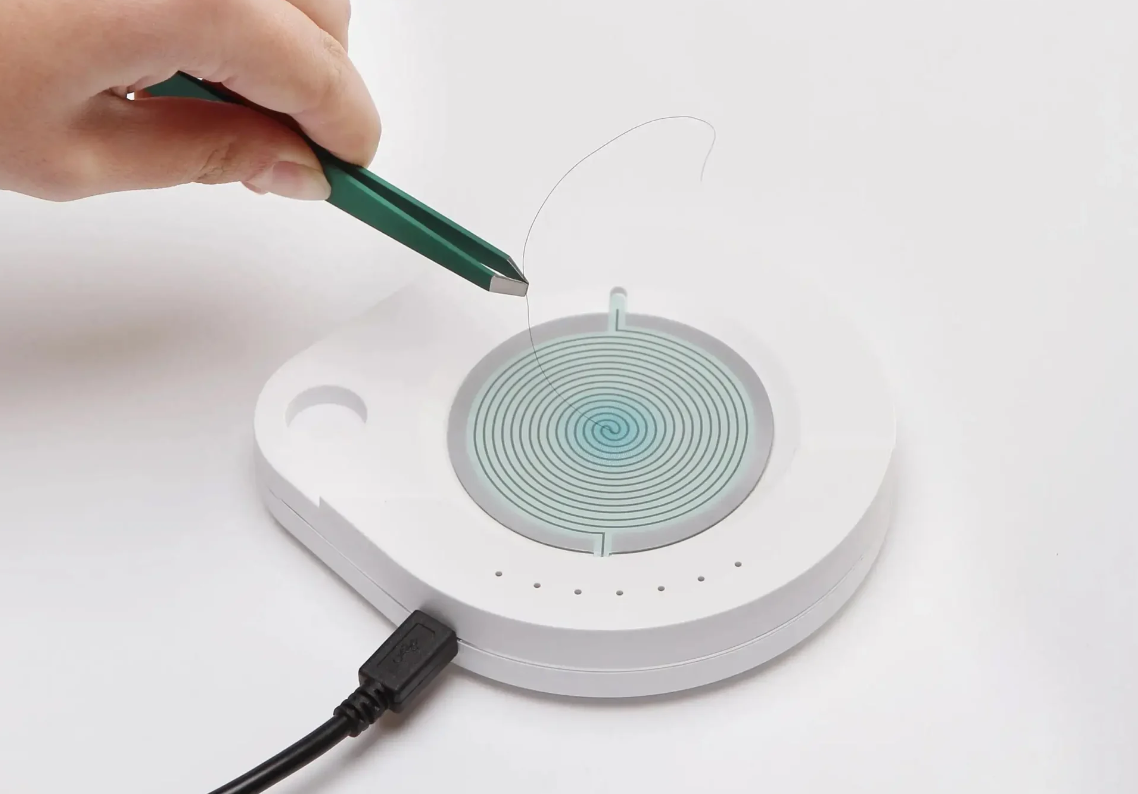Understanding Epigenetics: Mapping Our Path to Better Health
Epigenetic mapping is a breakthrough tool that helps identify environmental factors affecting our gene expression. Research shows that up to 98% of our physical well-being is influenced by our environment, diet, and lifestyle. These factors play a critical role in shaping how we feel and function every day.
What is Epigenetic Mapping?
Epigenetic mapping uses a non-invasive digital scan of four hair follicles to capture over 800 underlying indicators of stressors impacting our bodies. This process generates an Epigenetic Report within 15 minutes, offering insights into environmental and nutritional stressors that may be affecting overall wellness.
The hair analysis reflects how environmental factors influence gene expression long before they manifest as symptoms. With this information, individuals receive a personalized 90-day program aimed at reducing environmental impacts and correcting nutritional imbalances to promote wellness.
Key Environmental Influences
Epigenetic Mapping identifies harmful elements such as:
• Electromagnetic frequencies
• Radiation
• Toxins and food additives
• Mold, fungus, bacteria, viruses, and parasites
The insights from the mapping enable individuals to adjust their surroundings and habits, fostering an environment conducive to improved health.
Why Choose Epigenetic Mapping?
Unlike traditional blood tests, Epigenetic Mapping offers a qualitative view of the body’s state over the last three months. While blood tests measure specific biochemical markers at a single point in time, epigenetic hair analysis evaluates long-term patterns and highlights the path the body is currently following.
Hair Analysis vs. Blood Analysis: Key Differences
Feature Hair Analysis Blood Analysis
Purpose Identifies long-term environmental and nutritional patterns Measures immediate biochemical markers
Sample Type Hair follicles Blood (requires fasting and specific conditions)
Results Provides a 3-month overview of stressors Reflects a snapshot of body conditions at the time of collection
Time to Results Generated in minutes Can take hours to days
Technology Uses digital scanning and supercomputers Laboratory-based chemical analysis
Blood tests measure cell counts, hormones, proteins, and electrolytes, but results may not reflect the body’s current physiological state due to rapid changes in the blood. Hair analysis, on the other hand, reveals deeper insights into long-term stressors and potential pathways for improvement.
What About Discrepancies Between Blood and Hair Analysis?
Sometimes, blood and hair analysis results may differ. This happens because the body stores toxins in areas like hair to reduce harm to vital cells. Additionally, nutrient levels in the blood may appear normal even when absorption is impaired. Hair analysis can uncover these hidden issues, such as digestive imbalances or genetic conditions, that blood tests may miss.
Benefits of Repeat Testing
Epigenetic changes take time to manifest. A 90-day interval between tests allows the body to adjust to dietary and lifestyle recommendations. Following your personalized program and self-assessment tools can reveal positive changes before your next test.
Why Epigenetic Mapping Matters
Epigenetic Mapping helps uncover hidden stressors and offers actionable recommendations. It empowers individuals to take control of their health, fostering resilience and vitality.
If you’re ready to explore how environmental factors are shaping your well-being, consider starting with Epigenetic Mapping and embark on a journey to a healthier, more balanced life.
Prepared by Katie Clifford.

